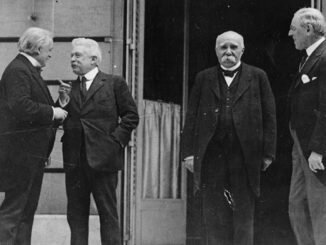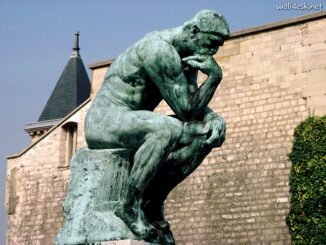
–Joanna Burch-Brown
Social philosophers working in the black freedom traditions, such as W.E.B. Du Bois, Stuart Hall and Sally Haslanger, have long held that if we are to bring about a more just society, we must transform culture. Specifically, we must transform problematic ideologies, which often function as deeply entrenched barriers to social change. They also argue that social movements and contentious politics can potentially play a role in generating cultural change, at least in part by destabilizing accepted ideologies.
Social justice workers are often acutely aware, however, of the need for wisdom, judgment and luck as they develop their strategies. This is because social justice campaigns can easily be ineffective, and can reinforce injustices in unintended ways. For instance, they can lead to political backlash, and can inadvertently enact injustices, themselves. Contemporary social justice campaigns across Africa, the Americas, Asia and Europe have employed a number of controversial tactics in common. In many places, campaigns have called for removing statues; renaming places; withdrawing or modifying participation in local rituals or ceremonies (as when NFL players have refused to stand, kneeling or linking arms during the national anthem); and protesting under memorable slogans aimed at revealing and challenging people‟s tacit acceptance of social hierarchies, such as “Black lives matter” and “Rhodes must fall.” These tactics have sought to change culture by disrupting accepted social practices and social meanings. Like the strategies of the 1960‟s US Civil Rights movement, they have also been highly contentious, generating social tension, feelings of distress, protest and political mobilization from people who disagree with the actions being taken.
In Bristol, for instance, Edward Colston (1636-1721) has long been celebrated as a great philanthropist and treated as a semi-patron saint of the city, on the basis of his extensive charitable giving to local churches, schools and almshouses. His name marks dozens of institutions and streets across the city, including Bristol’s most prominent music venue and three prestigious schools; his statue is in the centre of town between Burke and the cenotaph; his image is in stained glass in multiple churches; his hair and nails have been preserved by the Society of Merchant Venturers; several elite ancient charities are called after him; and annual ceremonies in the city include multiple rituals of thanks in his honour. He has historically been honoured in numerous ways by the Society of Merchant Venturers, a powerful network and ancient philanthropic society with a royal charter from the 1500s. Presenting Colston as a great philanthropist and associating themselves with him has been a way for the Society of Merchant Venturers to project the idea of their activities as beneficent, philanthropic capitalism.
Read the full article here.
Cite as: Joanna Brown-Brown, Is it wrong to Topple Statues and rename Schools?, 1 Jour. of Pol. Th. & Philo. 59-86(2017).




Be the first to comment